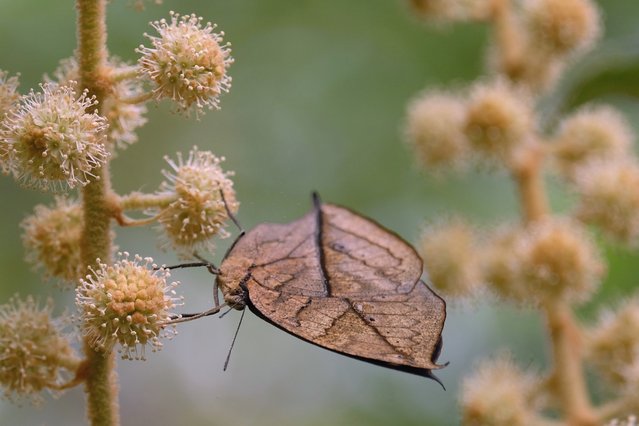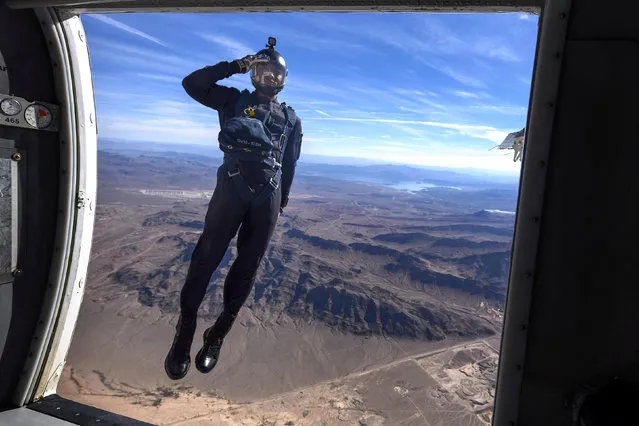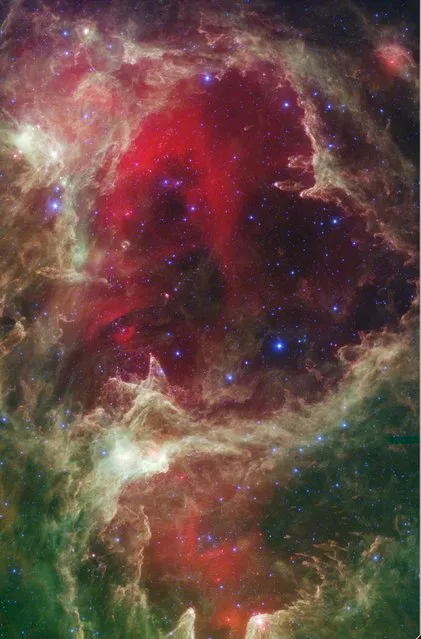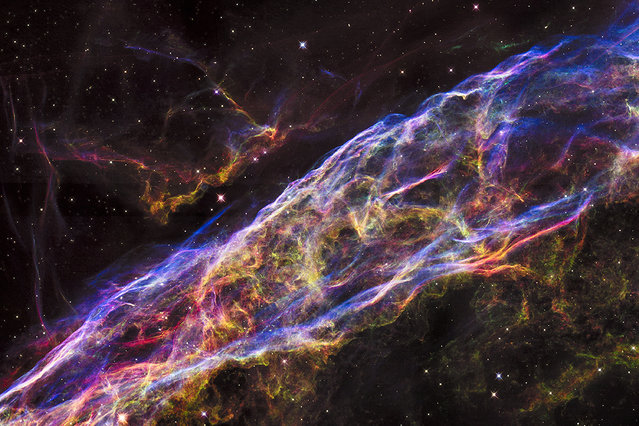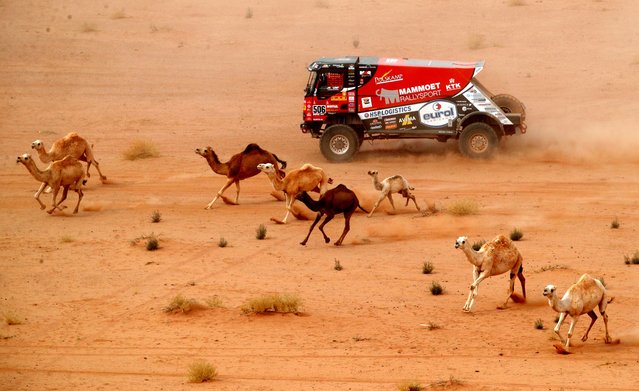
Mammoet Rallysport's Martin Van Den Brink and Co-Driver Wouter De Graaff in action surrounded by camels during stage 10, Neom to AlUla, Saudi Arabia on January 13, 2021. (Photo by Hamad I Mohammed/Reuters)
19 Jan 2021 00:03:00,post received
0 comments

